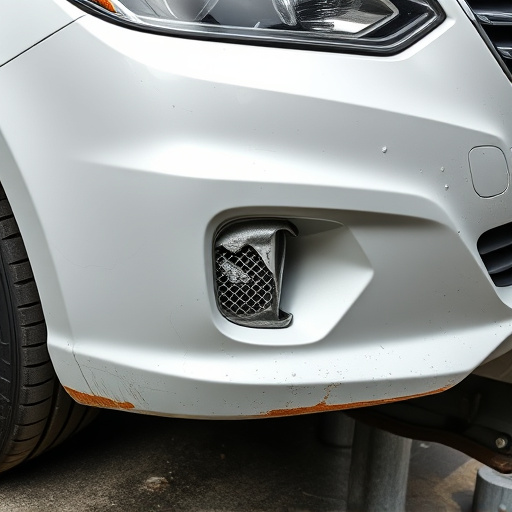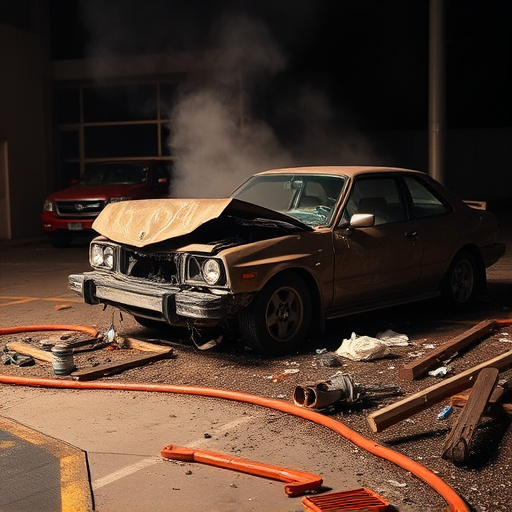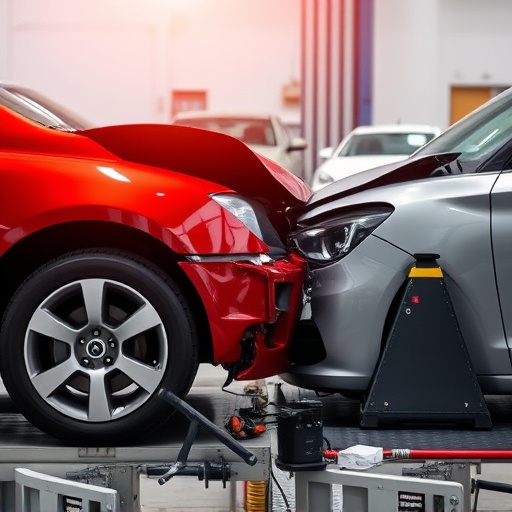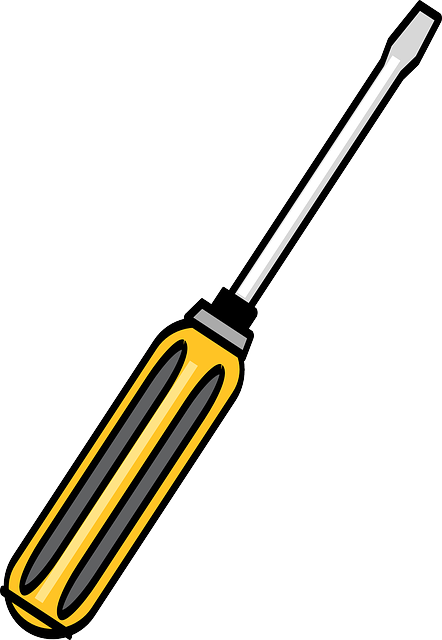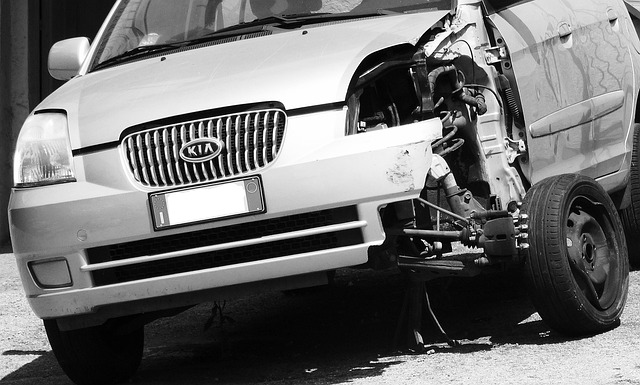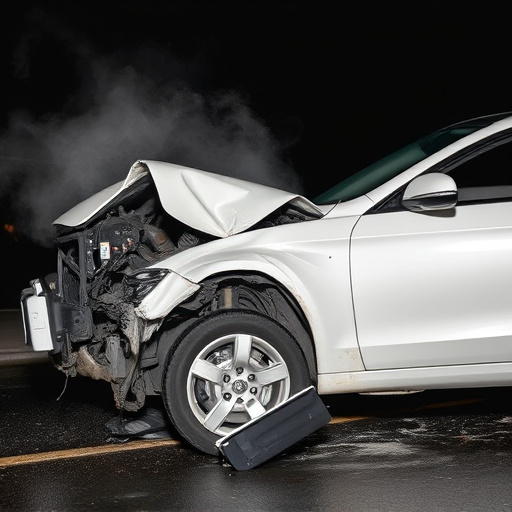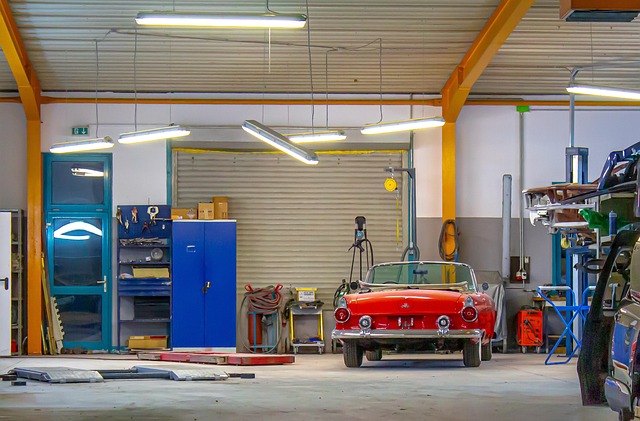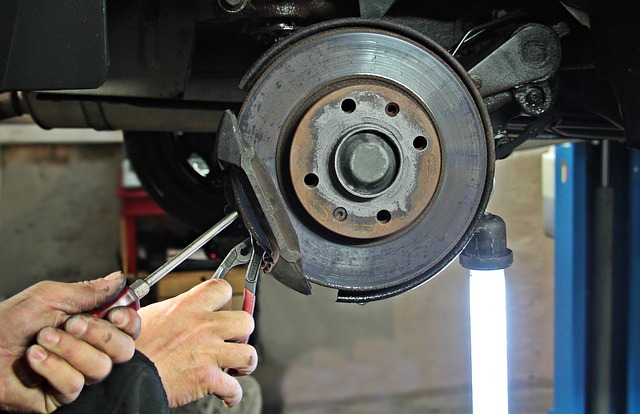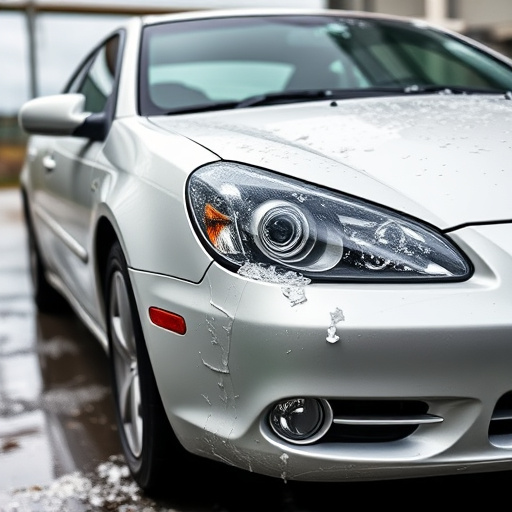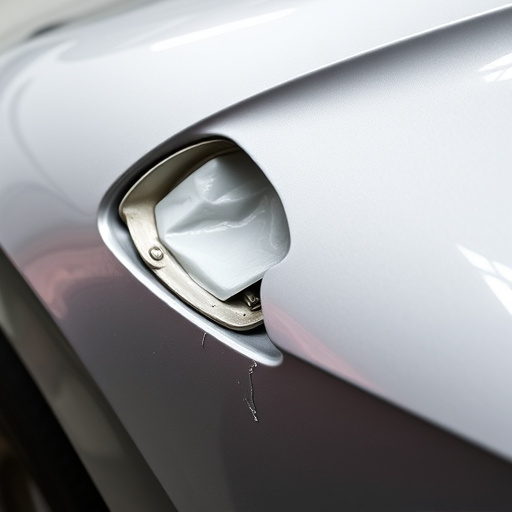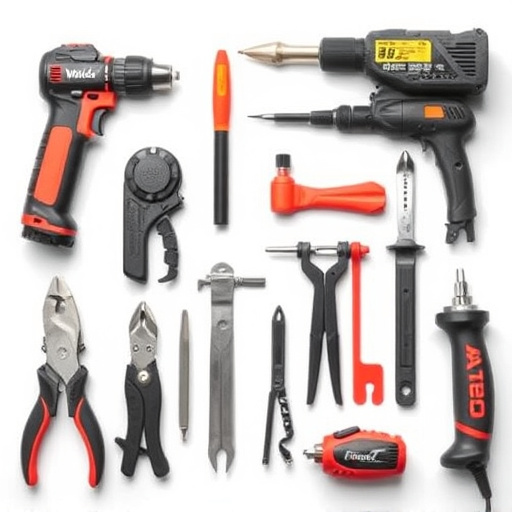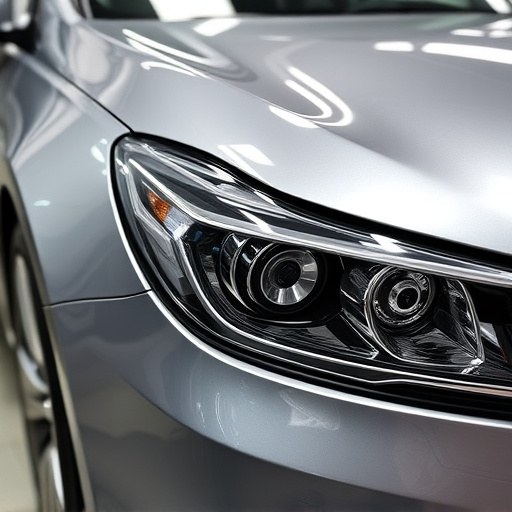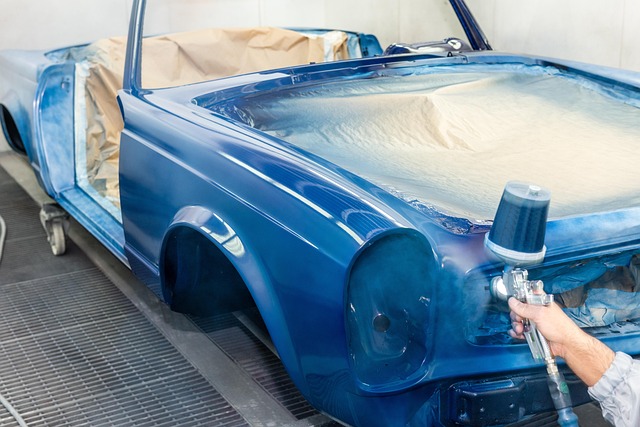The automotive industry is experiencing a significant transformation with the introduction of advanced automated repair systems in metropolitan workshops, addressing space constraints and offering numerous advantages such as increased efficiency, cost reduction, and faster turnaround times for various vehicle damages. Robotics and artificial intelligence (AI) enhance precision, streamline operations, promote environmental sustainability by minimizing waste and energy consumption, and set new standards in metropolitan collision repair services. While challenges like high initial investment remain, case studies from Tokyo and Chicago demonstrate substantial improvements in efficiency and productivity, underscoring the importance of embracing cutting-edge technology to stay competitive in the metropolitan collision repair market.
In the dynamic landscape of metropolitan collision repair, technology is reshaping the industry at an unprecedented pace. From the adoption of automated repair systems that promise increased efficiency and reduced labor costs to the digital transformation in parts sourcing and inventory management, today’s workshops are embracing innovation. Additionally, a growing emphasis on sustainability through eco-friendly materials and recycling programs underscores the sector’s commitment to both profitability and environmental stewardship. This article explores these top trends, highlighting their impact and offering valuable insights for metropolitan collision repair professionals.
- The Rise of Automated Repair Systems in Metropolitan Workshops
- – Exploring the benefits and challenges of implementing robotics and AI for collision repair.
- – Case studies of successful automated workshops and their impact on efficiency.
The Rise of Automated Repair Systems in Metropolitan Workshops

The automotive industry is experiencing a significant transformation with the advent of advanced automated repair systems in metropolitan workshops. These cutting-edge technologies are revolutionizing the way collision repair services and vehicle repairs are conducted, particularly in urban areas where space is limited. Automated repair systems offer numerous benefits, such as increased efficiency, reduced labor costs, and faster turnaround times for both minor and major vehicle damages.
With the help of robotics and artificial intelligence, metropolitan collision repair shops can now perform tasks with precision and speed, ensuring high-quality outcomes. This trend not only streamlines operations at automotive body shops but also contributes to a greener environment by minimizing material waste and energy consumption. As urban centers continue to embrace these innovative practices, we can expect a new era of efficient and effective vehicle repair services, redefining the standards in metropolitan collision repair.
– Exploring the benefits and challenges of implementing robotics and AI for collision repair.
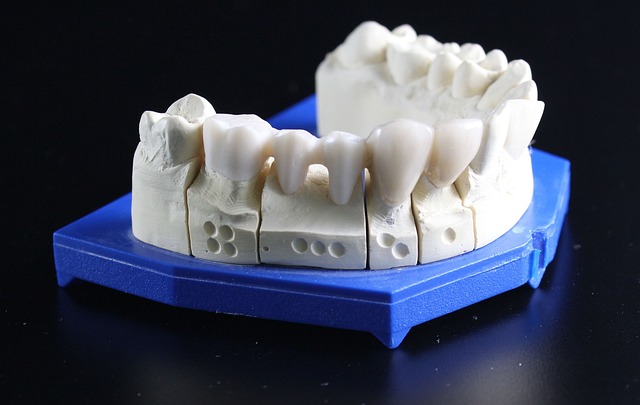
The integration of robotics and artificial intelligence (AI) into metropolitan collision repair processes presents a double-edged sword for auto body shops and auto repair professionals. On one hand, these advanced technologies offer unprecedented benefits to the industry. Robotics can enhance precision in panel alignment and welding, reducing human error and improving the overall quality of repairs. AI algorithms can streamline and automate tasks such as damage assessment and parts identification, significantly increasing efficiency and reducing labor costs for car body shops. These innovations also contribute to safer working environments by minimizing exposure to hazardous materials and repetitive strain injuries, a significant advantage in the fast-paced auto repair shop setting.
However, adopting robotics and AI is not without challenges. The initial investment required for purchasing and implementing these technologies can be substantial for smaller metropolitan collision repair centers, posing financial hurdles. Additionally, while AI excels at data analysis and pattern recognition, it may struggle with complex, unique, or unforeseen vehicle damage scenarios that demand human expertise and adaptability. Ensuring the compatibility and seamless integration of robotic systems with existing shop floor layouts and workflows is another critical consideration for auto body shops looking to incorporate these game-changing technologies into their operations.
– Case studies of successful automated workshops and their impact on efficiency.

In recent years, metropolitan collision repair centers have witnessed a significant transformation with the advent of automated workshops. Case studies from leading cities worldwide highlight the profound impact of this technology on efficiency and productivity. For instance, in Tokyo, Japan’s bustling automotive hub, a pioneering collision repair center implemented an automated fender repair system. This innovation reduced turnaround time for fender repair by 30%, allowing the center to service more vehicles daily without compromising quality.
Similarly, Chicago’s vehicle restoration scene has seen remarkable changes with the introduction of robotic arms for body panel alignment. A renowned collision repair center in the city reported a 25% increase in overall productivity after adopting this technology. Automated systems not only expedite repairs but also minimize errors, ensuring precise and consistent results. These case studies demonstrate that embracing cutting-edge technology is key to staying competitive in the metropolitan collision repair market.
As we look to the future, the landscape of metropolitan collision repair is being reshaped by innovative technologies like robotics and AI. These automated systems promise enhanced efficiency, reduced costs, and improved accuracy in workshop operations. While initial implementation challenges exist, case studies highlight successful transitions that have already revolutionized the industry. Embracing these trends sets the stage for a more streamlined and competitive future in metropolitan collision repair.
